
All categories
Featured selections
Trade Assurance
Buyer Central
Help Center
Get the app
Become a supplier

(14728 products available)
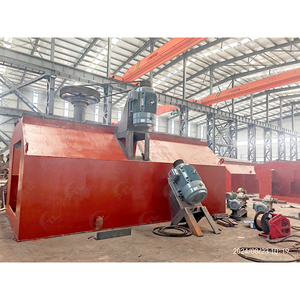















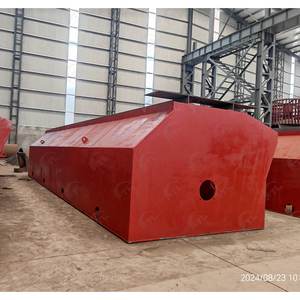
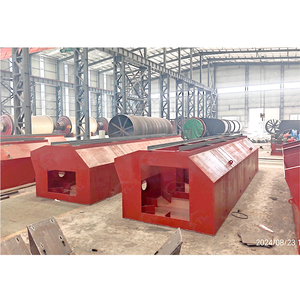
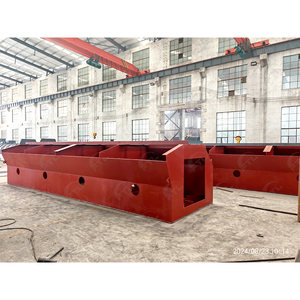
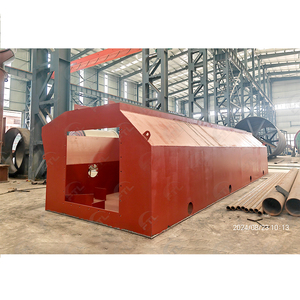








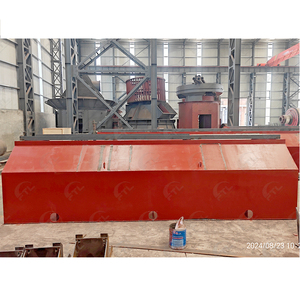
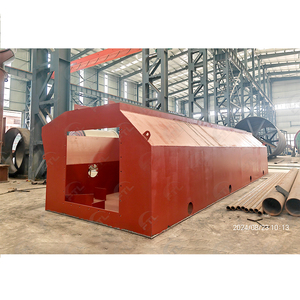

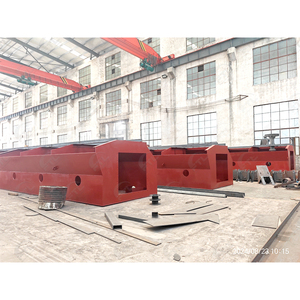

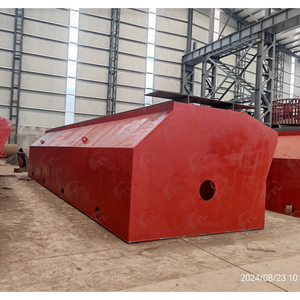

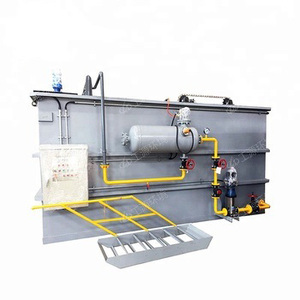


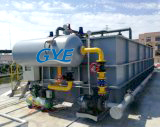









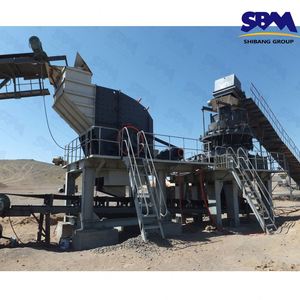

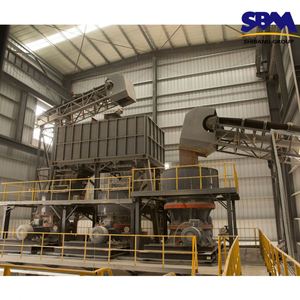
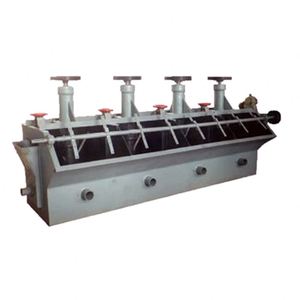

A flotation machine is a device used to separate valuable minerals from their ores. This process is achieved through a Denver Flotation cell, which utilizes the principle of hydrophobicity. This means that some minerals are naturally repelled by water and are more attracted to air bubbles. The machine works by passing a mixture of water, air, and ground-up ore over a series of tanks. In these tanks, air is introduced, creating bubbles that attach to the hydrophobic minerals, causing them to rise to the surface. These mineral-laden bubbles form a froth, which is then skimmed off and collected, while the hydrophilic, or water-attracting, minerals sink to the bottom. This technology is the basis of the Froth Flotation Machine.
There are several types of flotation machines, each with its own unique features and applications. The most common types include the mechanical agitation type, the inflatable mechanical agitation type, the air-lift type, and the pneumatically agitated type. The mechanical agitation type uses a rotor to agitate the slurry, creating a turbulent environment for the attachment of air bubbles to the hydrophobic minerals. The inflatable mechanical agitation type, on the other hand, incorporates an inflatable device within the rotor to generate additional agitation. The air-lift type relies on the introduction of air through a vertical pipe, which creates a continuous flow of bubbles that carry the hydrophobic minerals to the surface. The pneumatically agitated type utilizes a combination of a rotor and an air blower to agitate the slurry and generate bubbles. Each type of flotation machine has its own advantages and is chosen based on the specific requirements of the mineral processing operation.
The froth flotation equipment has several notable features that make it a versatile and efficient tool for mineral processing. One key feature is the ability to customize the machine to suit different ore types and processing conditions. This adaptability is crucial in maximizing the recovery of valuable minerals from complex ore bodies. Additionally, modern flotation machines are designed for continuous operation, ensuring a steady and consistent process flow. This not only enhances efficiency but also allows for real-time adjustments to optimize performance. Another important feature is the use of advanced control systems and instrumentation, which enable operators to monitor key parameters such as froth depth, air flow, and pulp density. These features contribute to the overall reliability and effectiveness of the machine. Finally, the froth flotation equipment is often equipped with automatic froth scraping mechanisms, which help in the controlled removal of the mineral-laden froth, preventing its re-entrainment in the pulp.
Froth flotation machines are widely used in the mining and mineral processing industry to recover and concentrate valuable minerals from ore. These machines play a crucial role in the extraction of metals such as copper, lead, zinc, and nickel. In the case of base metal ores, the flotation machine price is an important decisive factor. The flotation machine price can range from a few thousand dollars to several million dollars, based on factors such as the machine's capacity, size, and complexity. For instance, smaller, compact machines designed for laboratory or small-scale operations generally have lower prices, making them more accessible to smaller mining operations. Conversely, larger industrial-scale machines with high throughput capacities and advanced features command higher prices. Before purchasing a flotation machine, buyers usually consider factors such as the ore type, required capacity, and process optimization features to evaluate the machine's cost-effectiveness. In addition, the operational cost and maintenance requirements are also taken into account to determine the overall economic feasibility of investing in a particular flotation machine.